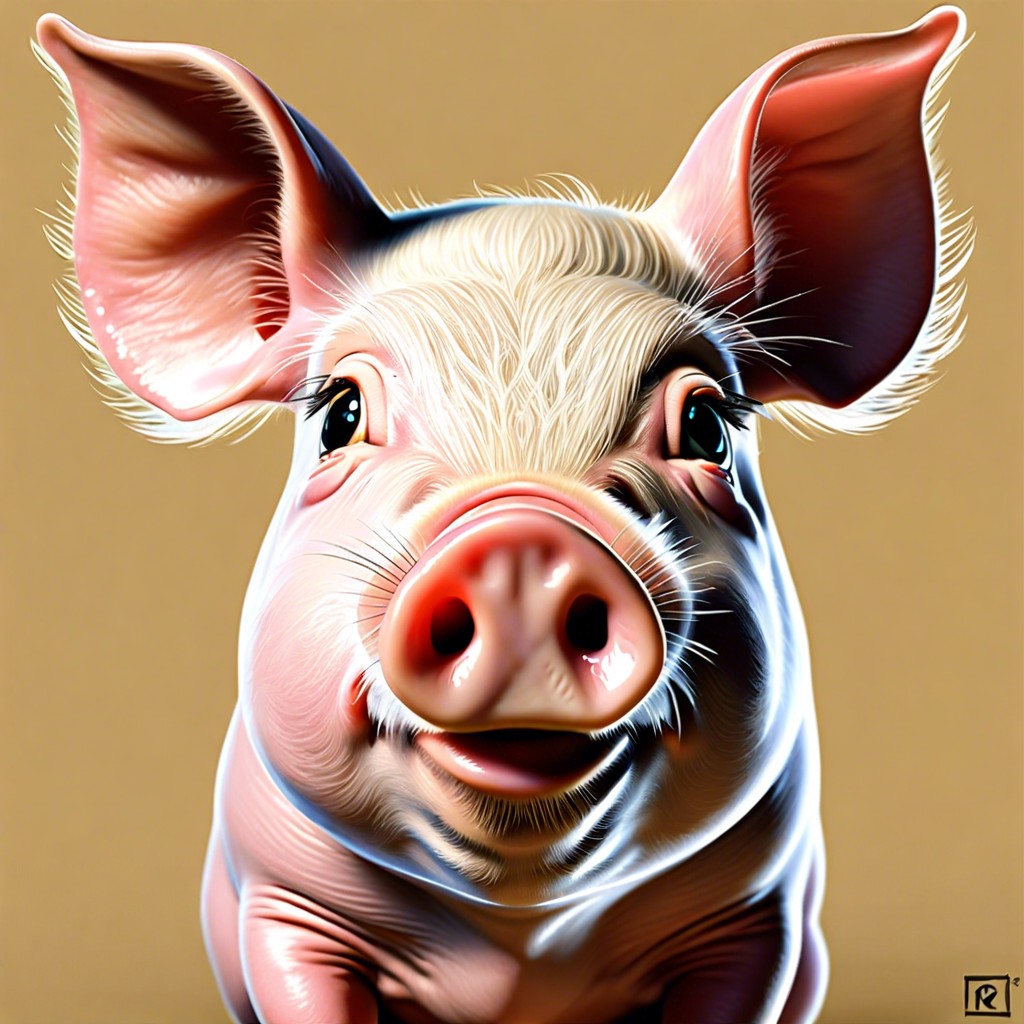Discover the typical size range of ball pythons and factors that influence their growth in this concise guide.
Key takeaways:
- Adult ball pythons typically reach 3 to 5 feet in length.
- Diet, temperature, humidity, and overall health influence their growth.
- Proper care includes balanced nutrition, temperature gradient, and humidity.
- Regular veterinary check-ups and exercise support optimal growth.
- Good care helps ball pythons reach their full potential in size.
Average Length of Adult Ball Pythons
Adult ball pythons typically reach a length of about 3 to 5 feet, with females generally being larger than males. This size makes them a manageable pet for snake enthusiasts, as they are neither too small to handle comfortably nor too large to require specialized housing and care. Their moderate size is one of the reasons why they are frequently recommended for beginners in herpetology. It’s important to note that extreme sizes, slightly shorter or longer, can occur but are less common. These measurements reflect a fully grown ball python, which they reach upon reaching the age of about 3-5 years.
Factors Influencing Growth
Ball pythons are not just influenced by genetics when it comes to their size; environmental factors play a significant role as well.
Firstly, diet is crucial. A well-balanced regimen rich in appropriate nutrients can make a substantial difference in their growth. Overfeeding, as much as underfeeding, should be avoided to maintain health and prevent obesity, which can affect a snake’s length.
Temperature and humidity also matter enormously. Ball pythons thrive in environments that mimic their natural habitats. In captivity, setting up their habitat with a temperature gradient and maintaining adequate humidity levels helps facilitate proper digestion and overall growth.
Lastly, the snake’s overall health, including the absence of parasites and diseases, contributes to its normal growth patterns. Regular check-ups with a reptile veterinarian can prevent and address health issues, potentially influencing the python’s growth negatively if left untreated. Providing a stress-free environment also supports healthy development.
By managing these aspects carefully, you support your ball python’s potential to reach its optimal size.
Proper Care for Optimal Growth
Ensuring your ball python reaches its full potential in size and health largely depends on proper care. Good nutrition is crucial. Feed them a diet primarily of appropriate-sized rodents, adjusting portion size and frequency as they grow. Overfeeding can lead to obesity, while underfeeding can stunt growth.
Habitat conditions also play a significant role. Maintain a temperature gradient within the enclosure, with a warm side around 88-92 degrees Fahrenheit and a cooler side around 78-80 degrees. Correct humidity, typically between 50-60%, is essential to support shedding and overall health.
Regular veterinary check-ups help to catch and address any potential health issues early. Encouraging regular exercise through handling and exploration opportunities outside their cage can also contribute to their physical condition and growth.



